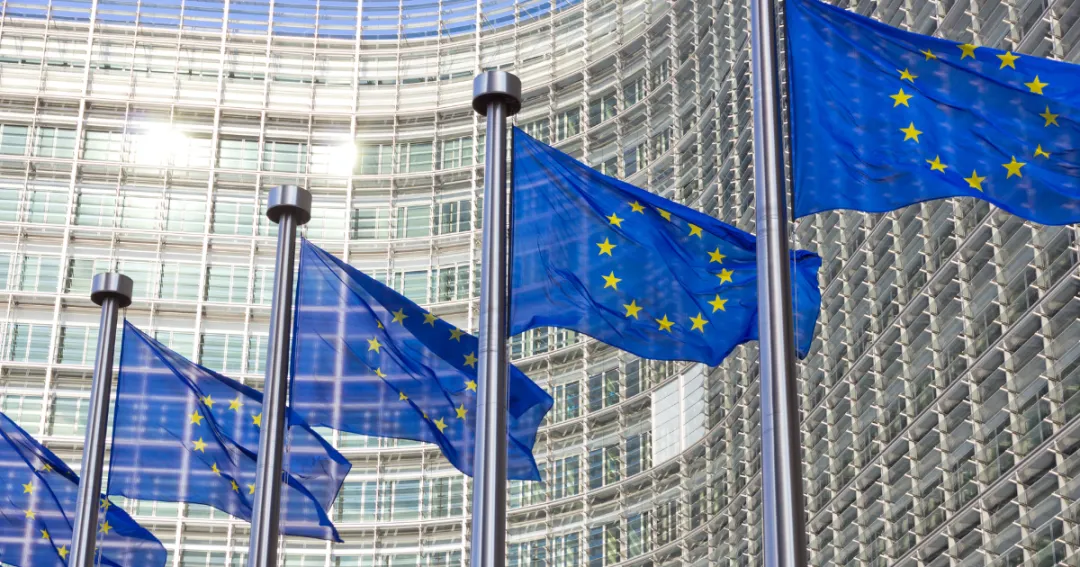European Commission unveils the 2028–2034 EU budget proposals that will shape the future of rural areas
- Rural Pact
- Rural Revitalisation Platform
- Stronger Rural Areas
- Connected rural areas
- Resilient rural areas
- Prosperous rural areas
The newly launched EU proposal for the Multiannual Financial Framework (MFF) 2028–2034 sets out a EUR 1 985 billion budget. According to the proposal, the largest part of the budget would be programmed by Member States through National and Regional Partnership Plans covering economic, social and territorial cohesion, agriculture, rural and maritime prosperity and security. Following political negotiations and agreement on the final regulations, Member States would begin drafting their Partnership Plans in consultation with regional and local stakeholders.

Image by VanderWolf-Images from Getty Images
Through this new budget, the European Commission proposes to bring together EU funds implemented by Member States and regions under one coherent strategy, with cohesion and agricultural policy at its core. Implemented through National and Regional Partnership Plans, the integration is expected to facilitate the planning process, align it more closely with common EU priorities, and enable greater synergies and complementarities. The proposal highlights that such synergies are particularly important to offer a comprehensive policy response in order to develop thriving rural and coastal areas.
Proposed objectives for the Plans include:
-
“fostering the attractiveness of territories to support the right to stay, including by supporting strategies for the integrated development of urban and rural areas, including support to territorial services and infrastructures”; and
-
“improving attractiveness and living standards, including access to healthcare, in rural areas”.
Member States would have to demonstrate how their proposed Plans contribute to all objectives in a comprehensive and adequate manner. This would involve indicating how they address the specific needs of each type of territory – including of rural areas – and how they effectively contribute to promoting the use of cooperation and integrated territorial development instruments, including LEADER.
Enhanced flexibility would allow policies to be adapted to regional and local needs and leave scope to react to unexpected events or disasters. A widespread use of simplified costs and results-based payments will be applied to speed up and simplify delivery. Such simplification measures are also proposed for LEADER.
The Plans would be designed and implemented in close partnership between the Commission, Member States, regions, local communities and all other relevant stakeholders. The proposed regulation on the national and regional partnership plans explicitly lists rural actors among those who will have to be included.
Supporting people and strengthening Europe’s social model remains a priority. The European Competitiveness Fund, working in synergy with Horizon Europe, would strengthen support to innovation and technological development. Research, innovation, science, and technology would be central to Europe’s future competitiveness, rural research being covered together with agriculture, health and bioeconomy under a specific part of the research and innovation programme.
The Global Europe Instrument would support EU action in partner countries and help prepare candidates for accession, with a dedicated reserve for strategic and humanitarian actions outside the EU. In addition, the proposal envisages significant reserve funding earmarked for Ukraine.
The Commission’s proposals are set to undergo negotiations with the European Parliament and Council of the European Union. Once finalised according to the agreed provisions, Member States will prepare their Partnership Plans in collaboration with local and regional stakeholders prior to submission to the European Commission.
While fixed amounts of funding have been proposed for less developed regions and to support the incomes of farmers and fishers, rural development allocations remain open. Rural Pact stakeholders are encouraged to actively engage in the negotiation process to ensure rural areas fully benefit from the new support framework.